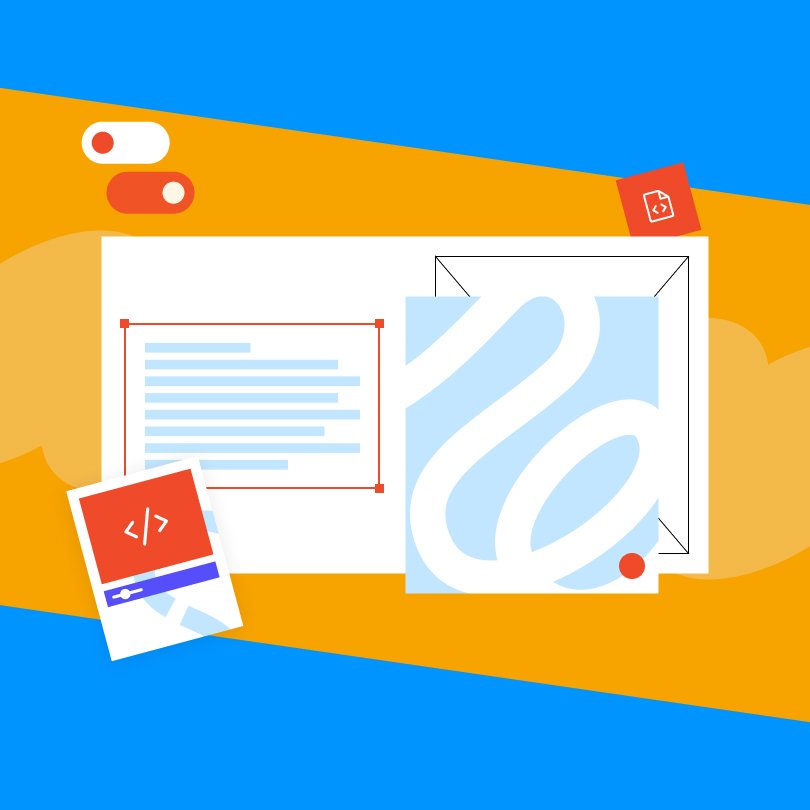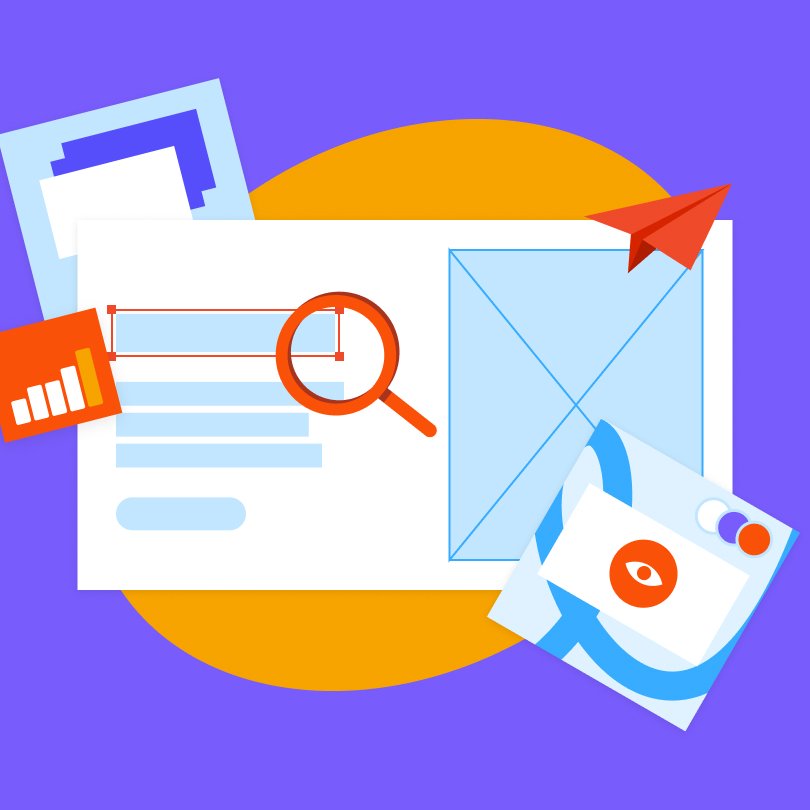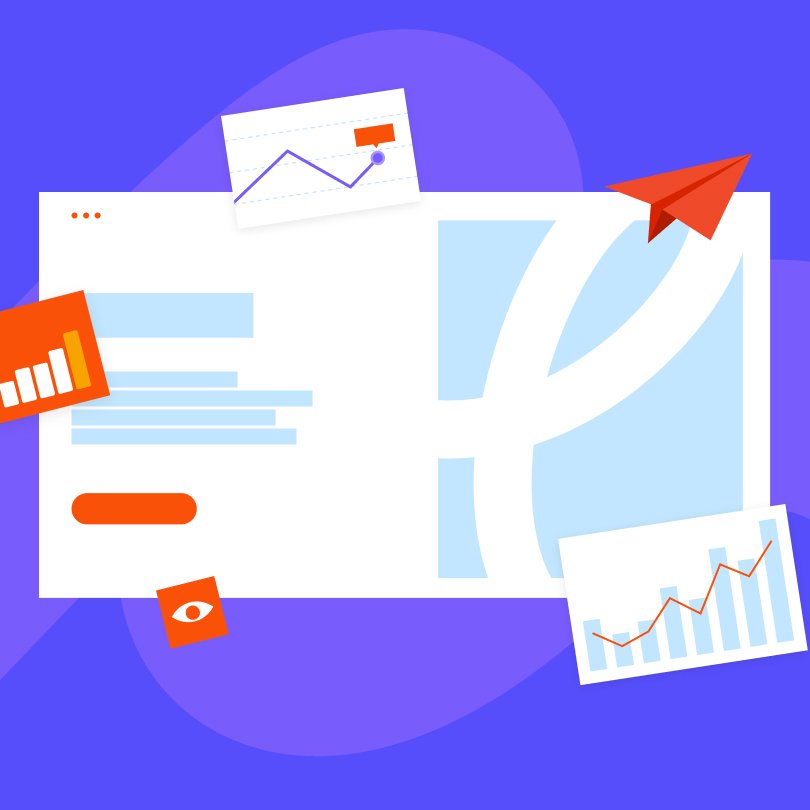Web development is a rapidly changing industry; in the last few years, we’ve seen new tools, programs, and frameworks that can help web developers create apps and websites.
One trait that distinguishes a good web developer from a great one is staying current—web developers need to keep their eyes on the market to stay at the top of their game. Knowing what programming languages are in demand is undoubtedly a must for every web developer and those who aspire to become one.
In this article, we’ll put on our detective hats and explore the most popular programming languages for web development in 2023.
Best Programming Languages to Learn in 2023
C
Although C was created more than 50 years ago, this programming language is still widely used.
Developers can use this general-purpose programming language to build operating systems, programs, databases, and more. It’s beginner-friendly and relatively easy to learn, so it’s no surprise C is many novice developers’ first stop on their journey.
Let’s learn a bit more about C. First, this programming language is procedural—all instructions are carried out step by step. Moreover, C is portable, meaning you can move programs from one platform to another without hiccups or malfunctions. Plus, the language is fast, allowing you to complete your projects in less time without compromising on quality.
Learning C helps you understand the nitty-gritty of the internal architectures of computers and how they store and handle information. After mastering this programming language, you’ll lay the foundation for learning other languages like Python and Java.
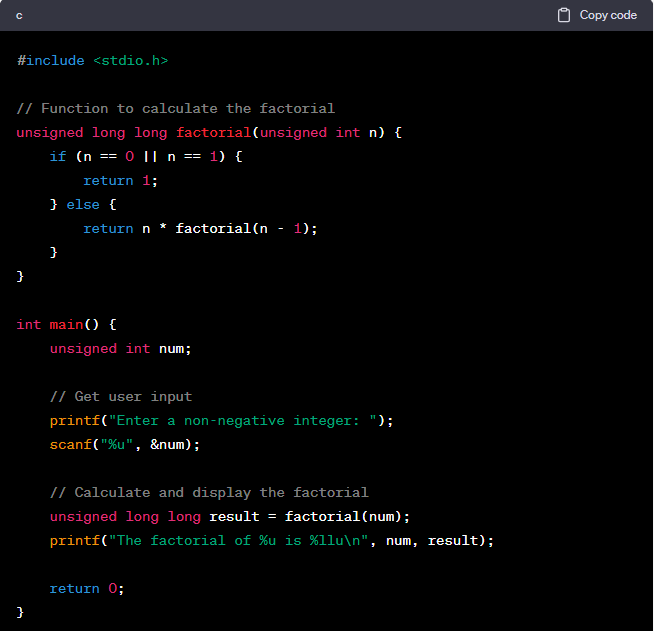
JavaScript
If web development was an empire, JavaScript would be the emperor, at least according to some people. This powerful programming language was invented by Brendan Eich back in 1995. If you’re already a web developer, you probably understand the importance of JavaScript in this field. But, if you’re just starting out or are an aspiring web developer, learning JavaScript is an excellent choice that will equip you to develop apps and websites with ease.
Although it’s powerful, JavaScript is lightweight, versatile, and beginner-friendly. Learning the ropes doesn’t take a long time. Of course, if you want to become a JavaScript expert, you’ll need to invest your time and effort and master the ins and outs of this programming language.
JavaScript is popular because it can be used in both front-end (think React.js and Angular) and back-end (Node.js) of web development and runs on all devices. Plus, the program is upgraded frequently and doesn’t require an environment setup.
Why do web developers glorify JavaScript? Because it helps them create dynamic, interactive pages. It allows you to program how a certain element or widget will behave once a visitor clicks on it. JavaScript is the magic wand that lets you create chat boxes, forms, drop-down lists, and similar elements.
Some of the most popular websites made with JavaScript are Facebook, Google, and Amazon.
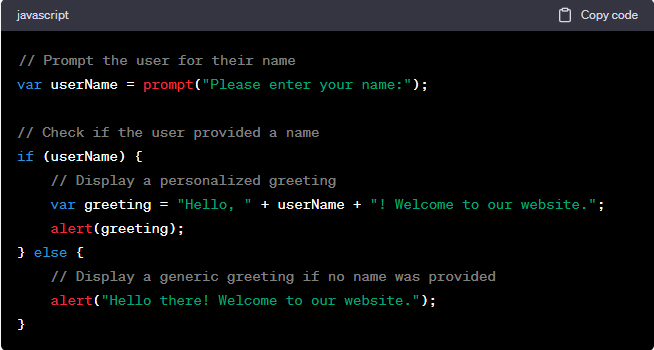
Python
When discussing the most popular programming languages or web development, we can’t forget to mention Python. This language has been around since 1991 and has successfully stood the test of time. Pyhton has many advantages—it’s free and easy to learn and has various uses. Perhaps the best thing about Python is its versatility. Besides web development, this language can be used in automation, data science, and scripting.
With a rich collection of standard libraries and huge community support, Python can be an ideal choice for beginners and experienced developers alike.
In terms of web development, Python offers frameworks like Django and Flask. You can use this programming language to send data to and from servers, communicate with databases, and store and retrieve data.
It’s worth noting that Python can be used for both front- and back-end development. However, it’s typically used more in the back-end, i.e., handling everything that goes on ‘under the hood.’
Python can also help you integrate artificial intelligence and machine learning into your website, allowing you to get a deeper understanding of the visitors’ behaviors and habits. You can then use this data to adjust your strategies and deliver a product or service your customers and prospects want and need.
Some popular websites that use the power of Python are Spotify, YouTube, and Instagram.
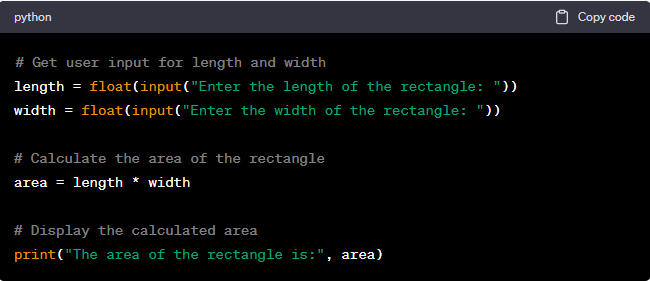
HTML
Many web developers will agree—HTML is a lesson you can’t skip if you want to be successful in the field. HTML stands for HyperText Markup Language, and it was created in 1993. This is the standard language for creating web pages.
With HTML, you outline the structure of your web page and ‘tell’ the browser how to display specific elements. For example, with HTML, you define headings, bullet points, and paragraphs and ensure they’re appropriately presented when a visitor opens your web page.
HTML is essentially a series of elements, and each element has a unique structure. It includes opening and closing tags (indicating the element’s name) and the actual content.
HTML is lightweight and fast. It can be an excellent option for beginners because there are thousands of pre-made templates available online. Plus, HTML is supported by every browser; it’s free and accessible, so it can be an ideal choice for web developers, regardless of their background.
The potential drawback of HTML is its extensive code—you need to write a great deal of code for the simplest website pages. Also, you can use it only for plain, static pages.
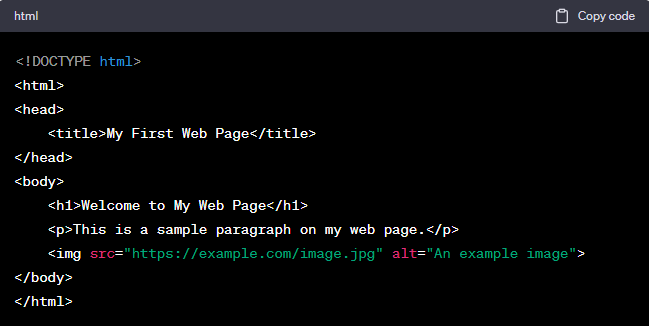
CSS
We can’t talk about HTML without mentioning CSS, and every good web developer ‘speaks’ both languages. CSS is a language used to add style to elements written in markup languages like HTML. You use it to define the positions, sizes, and colors of the elements you want on a web page and customize how a page looks on different devices. Simply put, CSS breathes life into HTML pages.
CSS stands for Cascading Style Sheets. Its name is, of course, not random—the style you apply cascades down from parent to child. Thanks to this, the language offers unmatched consistency.
CSS is beginner-friendly, and with countless video tutorials and online resources, you’ll have no trouble mastering it. That said, there are a few things to keep in mind. First, CSS isn’t technically a programming language but a style sheet language. Second, learning CSS fundamentals may not take much time, but actually writing the code might. CSS files can be quite hefty, and maintaining them is time-consuming. Consequently, debugging CSS can be challenging because you need to go through a lot of data to pinpoint errors.
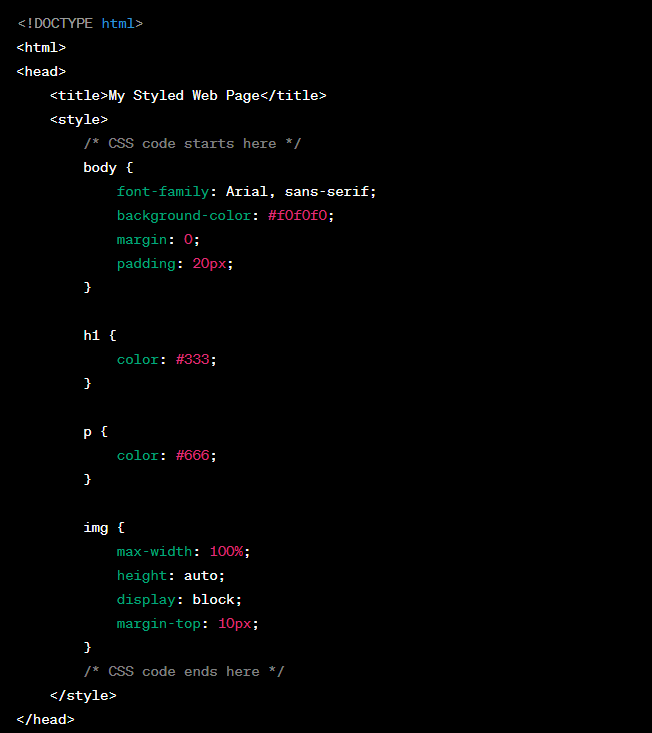
Ruby
Ruby is easy to learn, flexible, dynamic, open-source, and versatile, so it’s not a surprise it made our list of the best programming languages in 2023. The framework that’s ideal for web development is called Ruby on Rails (RoR).
If you’re not already familiar with it, Rails is a full-stack framework specifically designed for building web applications.
Ruby on Rails is many web developers’ favorite because it offers various helpful tools and libraries, has active community support, and supports platforms like Windows, Linux, and Mac. Plus, this framework offers speed because writing code in it is much faster compared to some other programming languages.
Thanks to the framework’s many advantages, you can use it to create high-performing platforms. Ruby on Rails is often behind online stores, stock marketing platforms, social networks, and many SaaS solutions. With it, you can render HTML templates, maintain live pages, store uploads in the cloud, protect your page from security attacks, and much more.
Some popular websites powered by Ruby on Rails are Shopify, Groupon, and Airbnb.
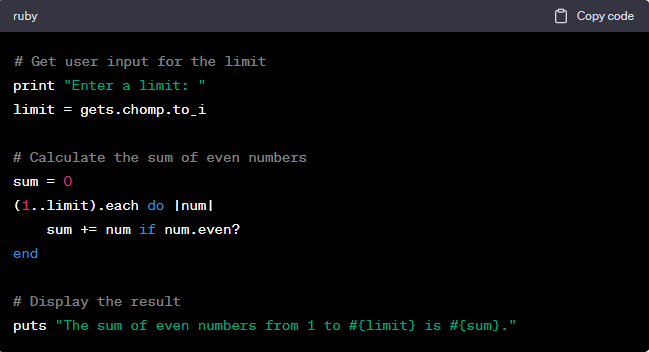
TypeScript
Just by seeing this programming language’s name, you can assume it has some similarities to JavaScript, which we’ve already discussed. You’re right—TypeScript is like an advanced version of JavaScript. The two languages have similar syntax and semantics, but TypeScript has the option of static typing, while JavaScript doesn’t.
With TypeScript, you can handle enterprise-level applications and work with large and complex codebases, which isn’t the case with JavaScript.
As TypeScript is essentially JavaScript with extra syntax, it can run anywhere JavaScript runs, be it a browser, app, Deno, or Node.js.
Thanks to its type-checking features, TypeScript ensures that developers adhere to specific coding standards. In the long run, this helps developers spot errors early on, leading to clean, quality code that’s easy to maintain.
One of the main drawbacks is that you need existing knowledge of JavaScript if you want to master this programming language.
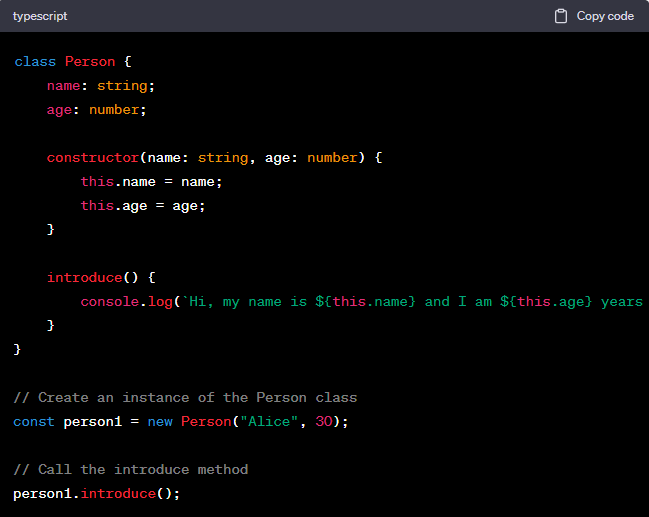
PHP
PHP isn’t a programming language per se. However, it’s incredibly important for web developers.
Originally, PHP stood for Personal Home Page Tools. Today, PHP is a recursive acronym and stands for PHP: Hypertext Preprocessor. Sounds confusing, doesn’t it? Let’s clarify the confusion by discussing what PHP really is.
PHP is a server-side scripting language. ‘Server-side’ means it performs tasks on a web server, as opposed to client-side languages, which perform tasks on the client. ‘Scripting’ means that another program interprets PHP at runtime, meaning there’s no compilation. PHP is also object-oriented (data and functions are packed into objects) and open-source (anyone can download it for free).
As PHP first appeared in 1994, many people consider it outdated. Although it may not be as robust as newer languages, PHP still packs a punch with its versatility and ease of use. Developers use it for building dynamic web pages, e-commerce platforms, and apps. With PHP, you can create customized content, make calculations, and collect web forms.
This language is platform-independent (you can use it on Windows, Linux, Mac, and most browsers), has strong community support, and offers speed.
PHP is used in many websites, including Facebook, Wikipedia, Tumblr, Pfizer, and Slack.
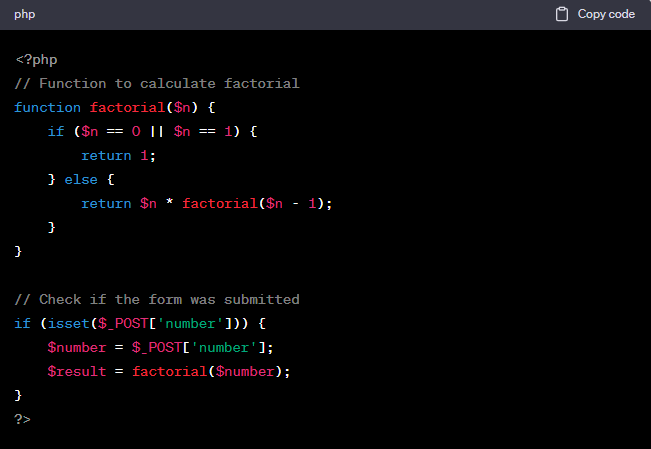
Which Programming Language Should You Choose?
If you’re wondering which programming language to learn, you may be disappointed by this answer – it depends. There are many popular languages, and each has its advantages and drawbacks. That’s why you should consider several factors before opting for one.
Firstly, think of your existing skill levels. If you’re completely new to web development and programming, you’ll want a user-friendly, easy-to-learn language. But, if you already have some experience in this area, you can go with a language with a steeper learning curve.
Second, consider your goals, as they will automatically direct you to the right language.
Finally, you should think about a particular language’s popularity, especially if you want to build a career in web development.
Know Where to Look for Web Development Services
You don’t need to spend months (or years) mastering a programming language to enjoy well-designed web development solutions like websites, e-commerce platforms, or apps. Instead, all you need to do is find a reputable and reliable web development solutions that can turn your dreams into reality.
Such a company hires top experts, follows the latest industry standards, and offers various development services, from front- and back-end development to QA testing and maintenance. It highlights a personalized approach, so you can be 100% sure you’re getting custom project solutions.
